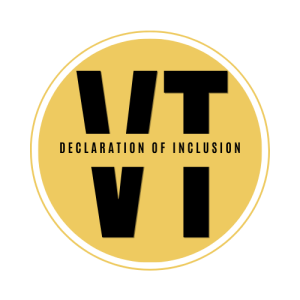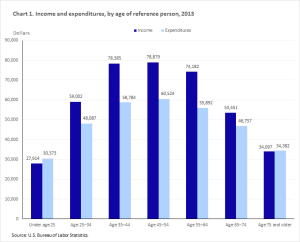Addressing racial diversity and equity is a top priority to build a Vermont that is attractive and equitable for people of all races. Gaps and barriers exist for the BIPOC (black, indigenous, and people of color) community in Vermont, and to make meaningful change, we start with data. With support, guidance, and consultation from the University of Vermont Center for Rural Studies, The Vermont Futures Project has compiled the below racial diversity and equity data sets.
We would like to thank Michael Moser, Coordinator for the Vermont State Data Center and CRS Research Project Specialist, for his work ensuring the data was accurate and meaningful.
Key Performance Indicators
Select indicators below for data. Data Pertains to Black or African Americans in Vermont unless otherwise noted.
- Percentage of Vermont Population
- % Vermont Owner-Occupied Housing Units
- % Participating in Vermont Labor Force
- % unemployed in Vermont
- % at or Below Poverty
- % VT Employer Firms Owned or Co-Owned by a Minority
- % Below Median Household Income Earned
- % Vermont Firms Owned by Women
-
Racial and Ethnic Diversity – VT and the US
Vermont 1.8% | US 14%
-
Percent of VT Owner-Occupied Housing Units by Black/African American
Vermont 0.20% | US 8%
-
Percent of Vermont's Black or African American Population Participating in Vermont Labor Force
Vermont 65.8% | US 62.5%
-
Percent of Black or African American Population Unemployed in Vermont
Vermont 4.2% | US 10.6%
-
Non-Farm Employment Gain
11.7% Recovery – Statewide April 2020-January 2021
-
Percent of All Vermont Employer Firms Owned or Co-Owned by a Minority
Vermont 14% | US 17%
-
Percent of Vermont's Black or African American Population at or Below Poverty
Vermont 23.8% | US 24.2%
The Federal Reserve created a simulation to estimate economic impact of closing equity gaps. There is shared prosperity in increasing equity; it is not a zero-sum game.



